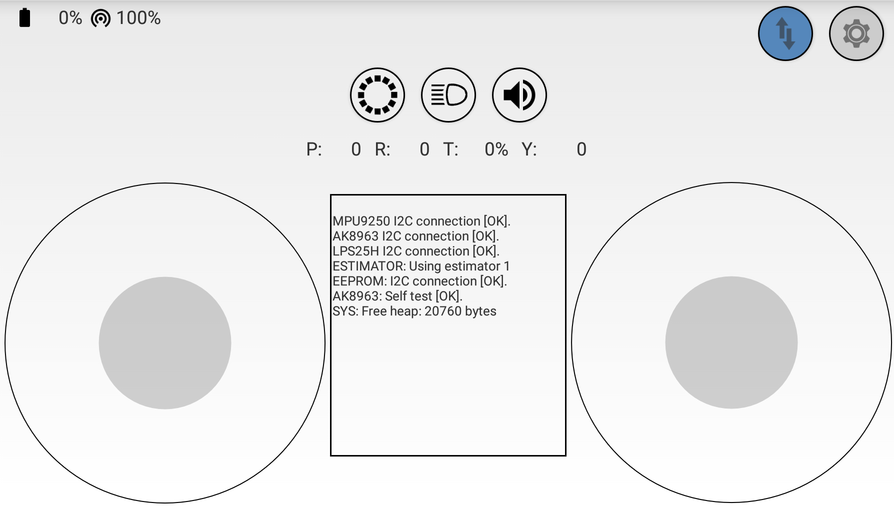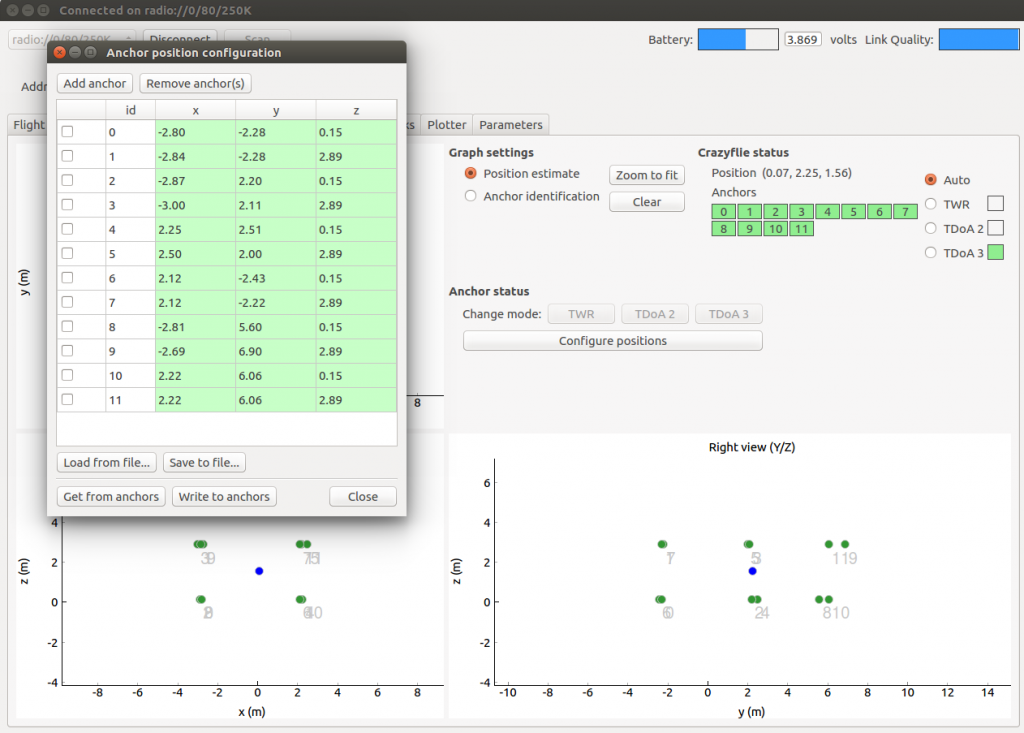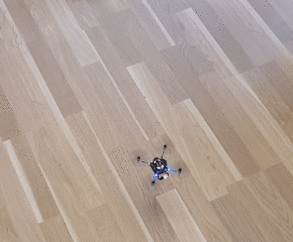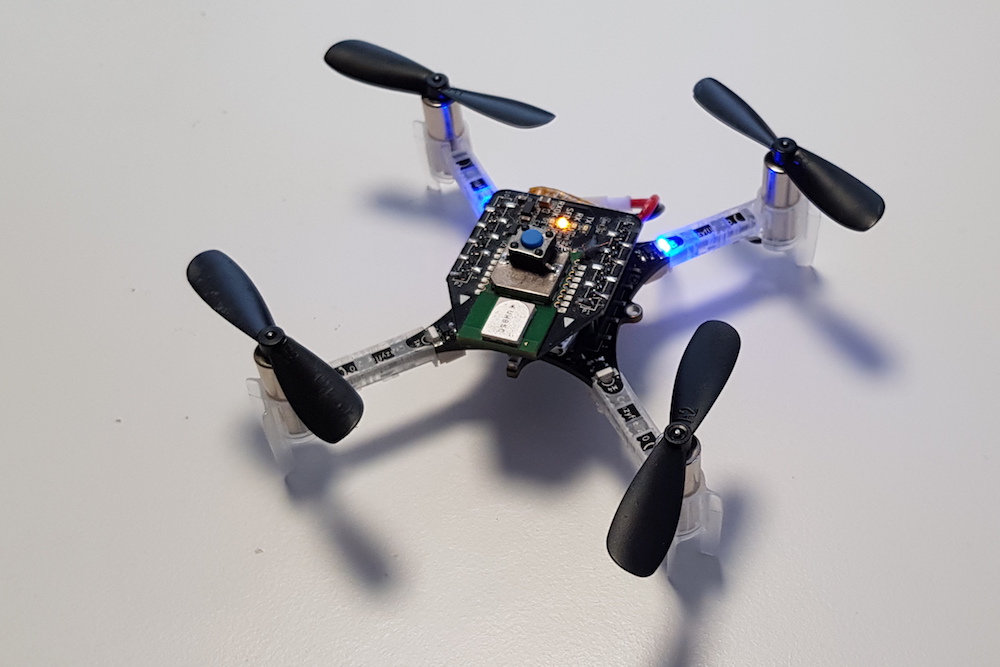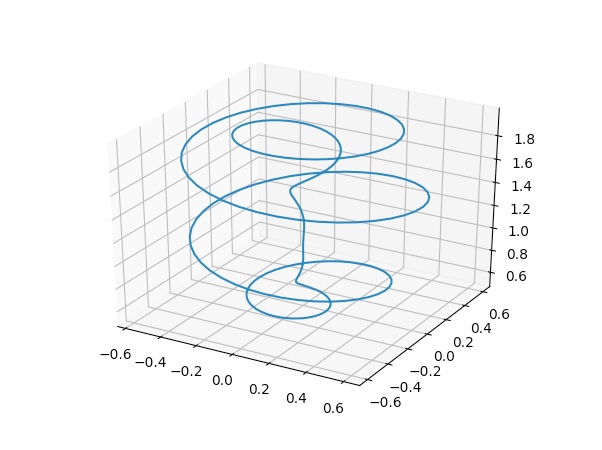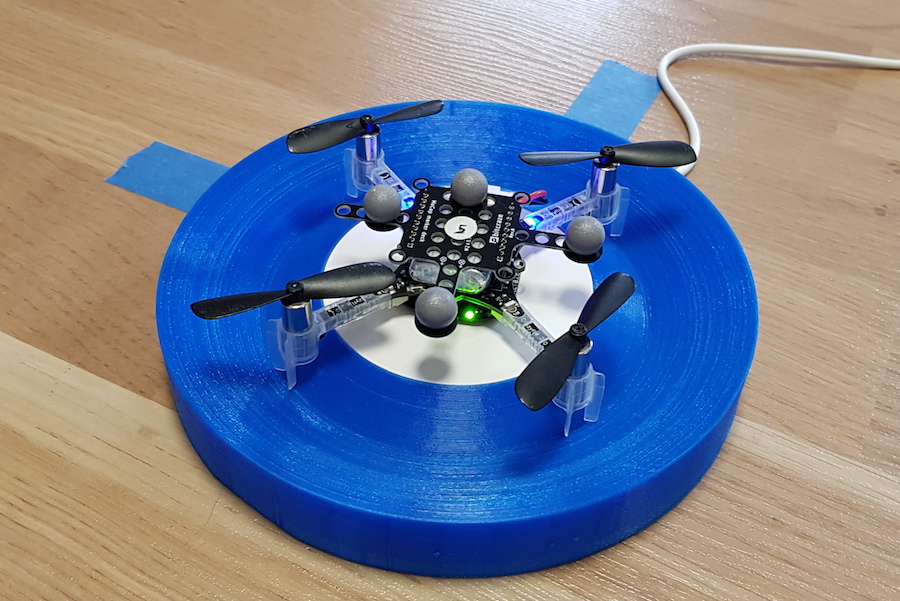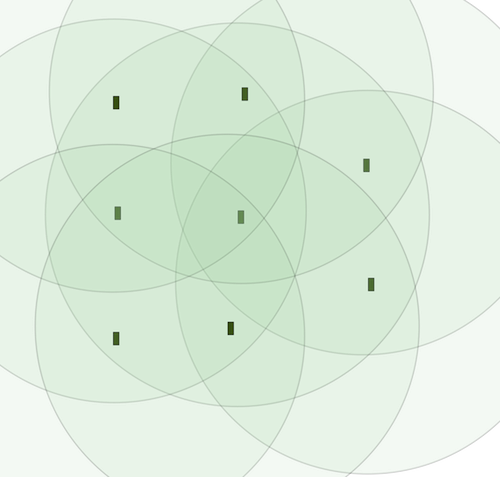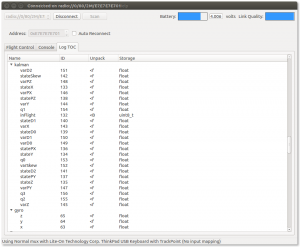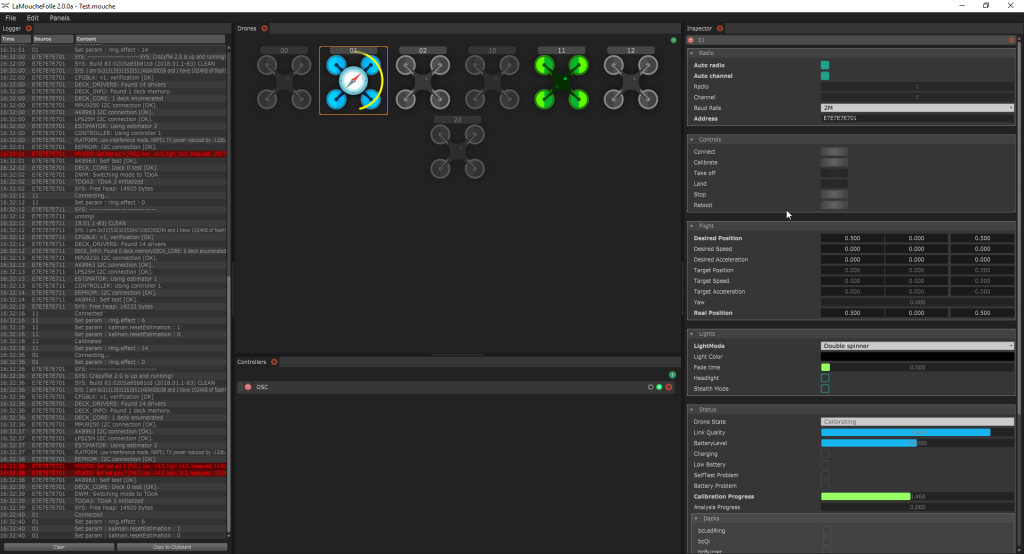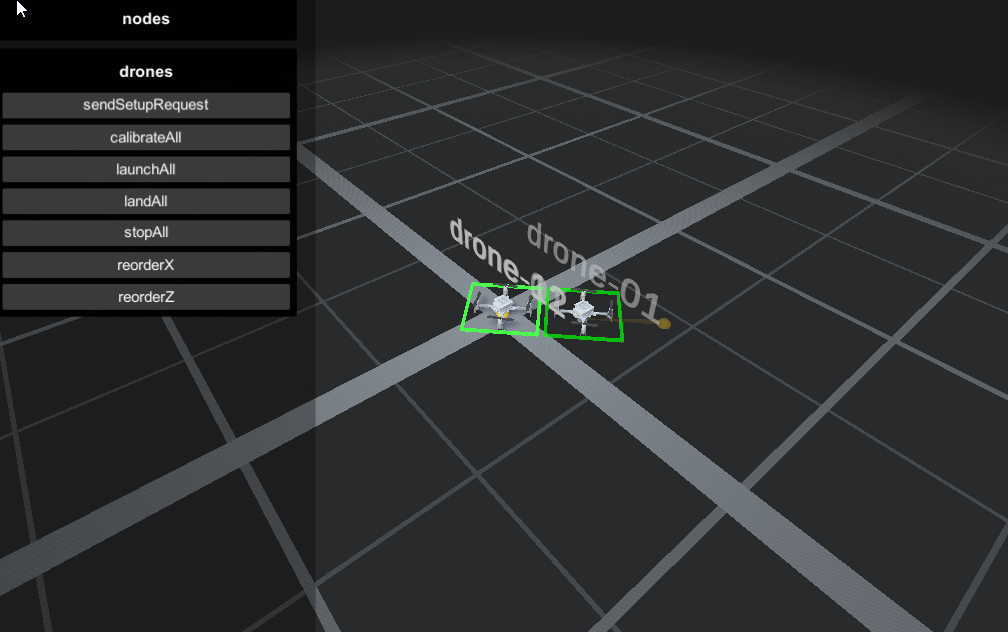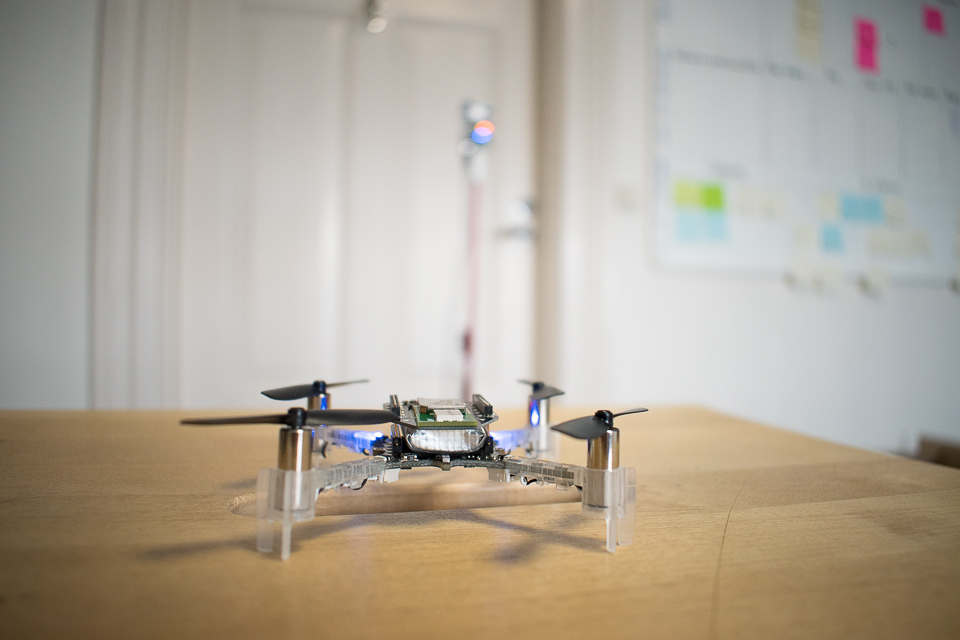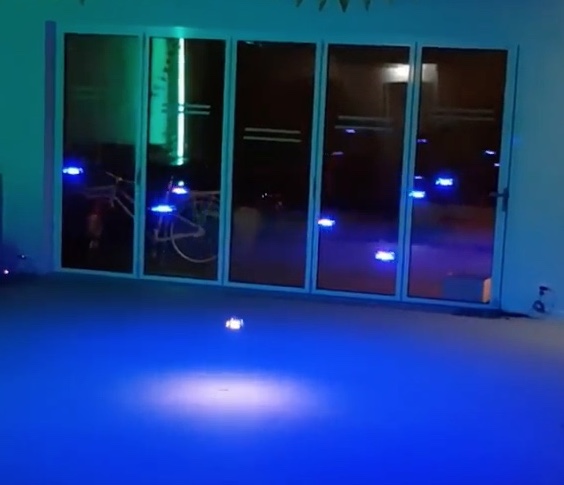We have just released the Crazyflie Lighthouse deck as Early Access! It is now available in our web store.
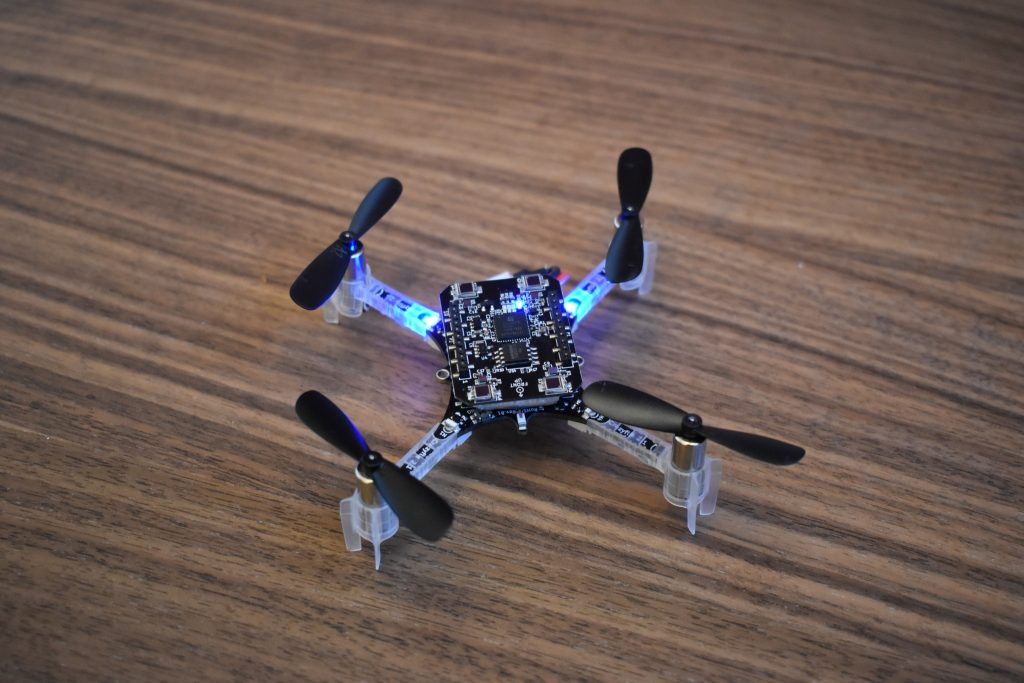
The lighthouse deck allows the Crazyflie to estimate its position using the HTC Vive tracking base-station normally used for Virtual Reality. The positioning is done by tracking the timing of rotating infra-red laser beams emitted from the base-stations. This system has the advantages of having a very good precision and of allowing the Crazyflie to acquire its position autonomously: once the Crazyflie knows the position and orientation of the base-station, it can calculate its own position without the help of any external systems.
The release as Early Access means that we have finished the hardware and we are confident that the hardware is working properly. Though we have not yet finished all the software and firmware, by releasing the hardware early we can get the hardware into the hands of users quickly to try it out. In return we hope we can get some help making the software better.
Current state
- The Crazyflie can calculate its position from the received Vive Base-Station V1 signals.
- Direct line of sight should be kept to both base-stations. The Lighthouse deck has 4 receivers so in the future it will be possible to get a position from seeing only one base station.
- Base-Station V2 support is still being worked-on, it will only require a software update.
- The Base-station position is hard-coded in the Crazyflie and found using SteamVR. Ideally this should be sent from the ground and the Crazyflie should calculate the positions of the Base-Stations automatically.
- The previous point means that a full VR system or at least two base stations and a controller or tracker is required to setup the system. In the future we hope to setup the system with only a Crazyflie and two base stations.
- Since this version of the deck only has horizontal sensors, it is important that the base-stations are placed above the flight space and the Crazyflies should fly ~40cm bellow the base-stations
As long as the deck is in early access, the main documentation will be the lighthouse positioning page in the wiki. This page is going to be updated a lot in the near future and will track the progress in development.
Demo
We have written a small demo script that allows to set the position of the Crazyflie using a Vive controller. It is a good demo to experiment with the precision of the system and the ability to mix VR and Crazyflie since they are in the same tracking space:
In this demo, a python script connects to two Crazyflies and acquire the controller position using OpenVR and makes the Crazyflies take-off above the controller. Then, when the controller trigger is pushed, the setpoint to the closest Crazyflie is changed to follow the controller movement, the Crazyflies are flying autonomously only getting position setpoints from the python script. The position estimation and control is handled onboard.
We are pretty excited by this release since we think this positioning technology will be very useful for a lot of use-case. Let us know what you think and do not hesitate to contribute if you want to improve the system :).
